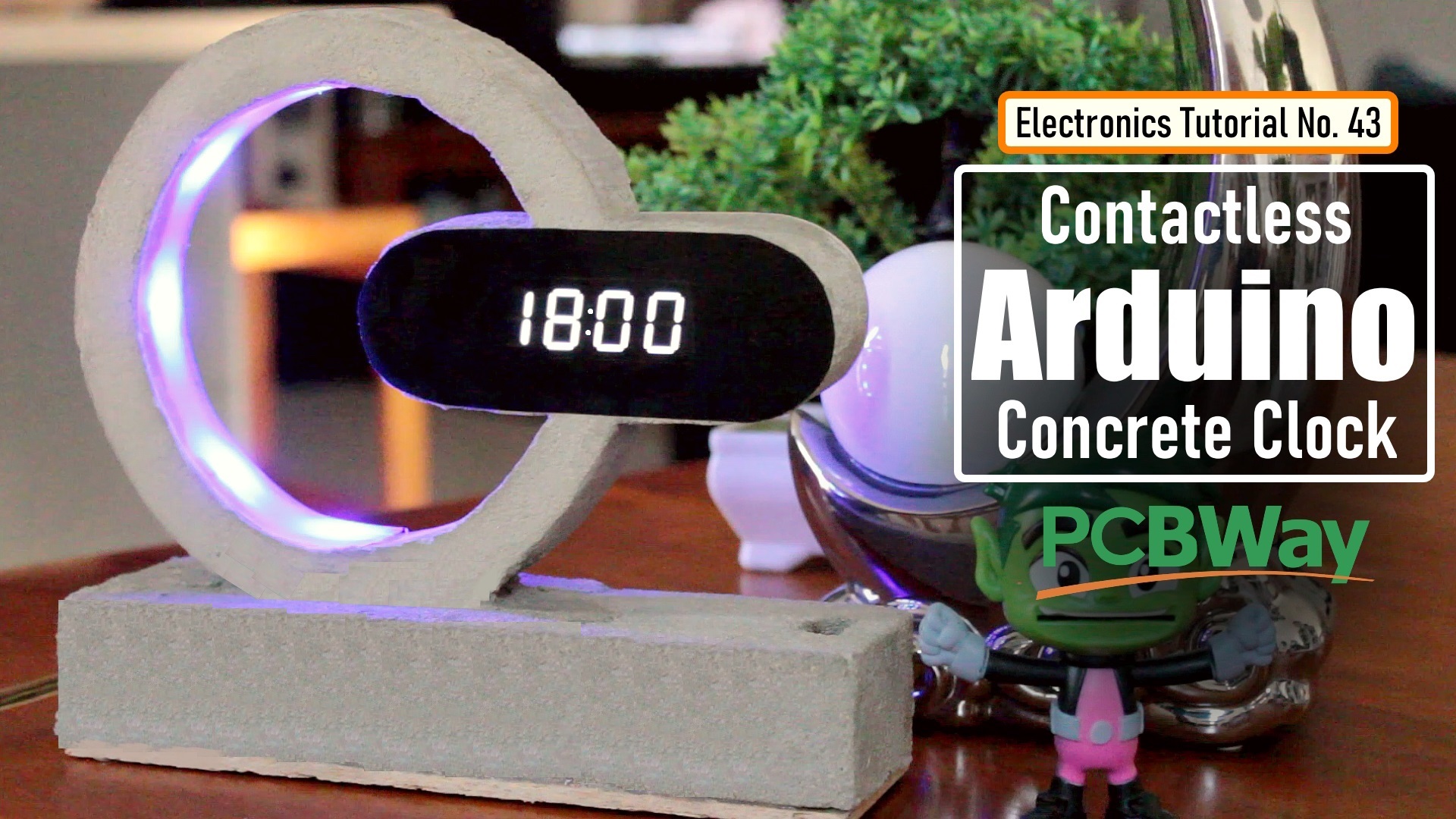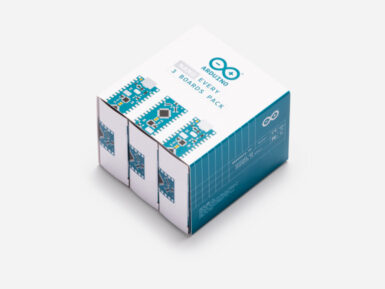
Overview
The sensor consists of an IR LED and a photo sensor (phototransistor). The light emitted by the IR LED gets reflected by any object placed in front of the sensor and this reflection is detected by the photo sensor (phototransistor). Any white (or lighter) colored surface reflects more than black (or darker) colored surface.
When the reflected light is detected, it produces Digital HIGH (or Binary 1) output on the Sig pin. The on-board LED indicator will also glow. If no reflection is detected or if the object is too far from the sensor, the output on the SIG pin stays at Digital LOW (Binary 0). The on-board LED indicator will be off as well.
The detectable range of this sensor is 4–16 mm. The module incorporates a Rail-to-Rail Operational Amplifier to amplify the output of phototransistor. There is a potentiometer which can be used to adjust the gain of the amplifier, that is, sensitivity of detection.
Get Inspired

In this tutorial, I am going to show you guys how to create this Arduino based touchless concrete clock.

The Arduino Nano Every is now available in a 3 and 6 pack - perfect for running a course or powering all your projects with Arduino. For those countless creations requiring a small and easy to use microcontroller board, the Nano Every has the tiniest Arduino form factor out there measuring just 45x18mm. Whether you’re working on a low-cost robotics project for the entire classroom or presenting a complex prototype with many functional blocks, this pack offers exactly what you need - a batch of Nano Every boards at a great price! This robust little board costs as little as €7.50 each ($9.30 each) in the 6 pack, saving €0.50 ($0.60) per board versus the single. It’s now more affordable than ever to forecast the local across town by building your own little band of Gnome Weather Forecasters in your class. Get your Arduino Nano Every - Pack on the Arduino online store!







